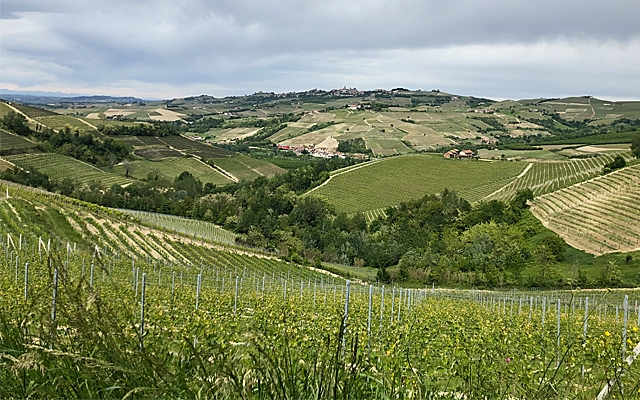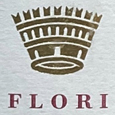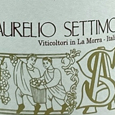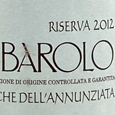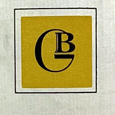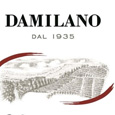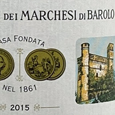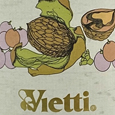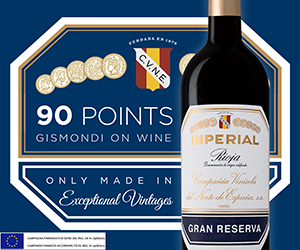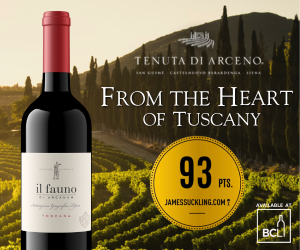It seems that some Vitis vinifera vines are more firmly rooted than others.
Nebbiolo, for example, is notoriously self-centred, thriving almost exclusively in its home patch of Piemonte in Northern Italy. Its name evokes the region's foothills on cool autumn mornings when the valleys and vineyards lie hidden under a blanket of nebbia (fog). One of the first to flower is a very late-ripening variety, typically harvested after the other Piemontese grapes.
While Nebbiolo thrives all over the Alpine region, Barolo is where this elusive and exceptional grape achieves its ultimate expression. The appellation’s top vineyards are located on a small, raised area of mostly gentle but occasionally steep slopes, surrounded by the Langhe hills. The soil is dominated by calcareous marl (limestone), with the northwestern half higher in magnesium and manganese and the southeastern half richer in iron. Over the past few decades, there has been a welcome increasing movement in Barolo and Barbaresco to recognize and identify special single vineyard sites. These single vineyards are designated as MGA (Menzione Geografica Aggiuntiva), an abbreviation you should watch for on labels and one that shows just another layer of respect for the site. In Barbaresco, the Consorzio declared 66 MGAs in 2007; Barolo followed with 181 MGAs declared in 2010.
Nebbiolo itself is the perfect embodiment of ‘pretty/ugly.’ The classic ‘tar and roses’ descriptor sums it up smartly, but the alluring combination goes much deeper than that. On the one hand, you have fragrant, near intoxicating floral perfumes (roses, peonies, violets) and wild red fruits (raspberries, cherries, plums). That’s flush up against firm, often raging and impassive tannins in youth, which take careful handling in the winery, and time in the bottle, to mitigate. Delicate and brutal: these two seemingly opposites are united through bright, streaming acidity and a savoury, profound mineral base, often tied together with bergamot, anise, and fennel. The colour, even in youth, has a characteristic orange tint, which grows in dominance as the pale garnet hue fades with age, revealing truffle, dried fruit, and worked leather. Top Barolo can age decades and reward the patient with hauntingly beautiful and memorable wine experiences.
Here are the Top 10 recently tasted Barolo at GOW:

 quicksearch
quicksearch

